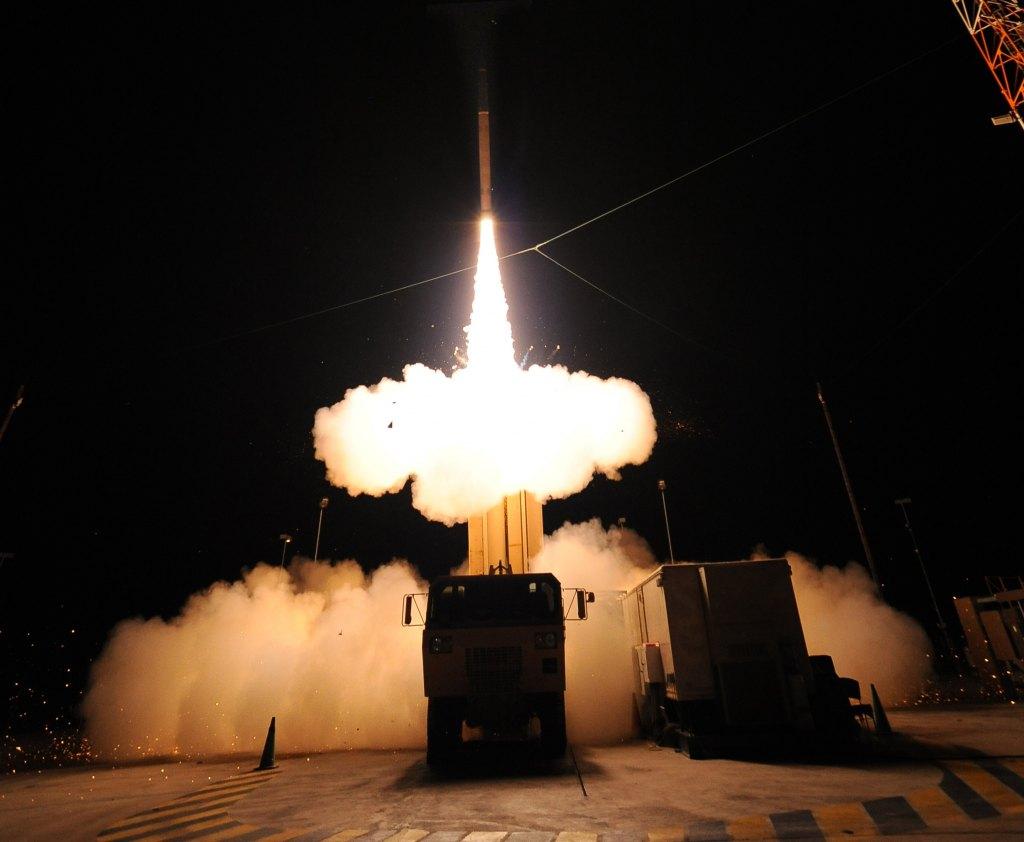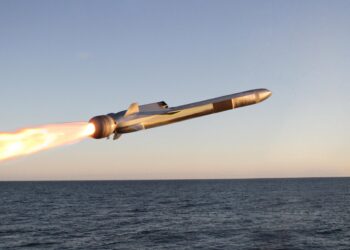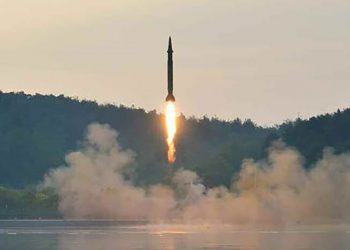Technical challenges remain for the complex ballistic missile defense system designed to protect the United States and its allies, but the capability is crucial to the nation’s defense posture, experts told a congressional panel this week.
Bradley H. Roberts, deputy assistant secretary of defense for nuclear and missile defense policy, Army Lt. Gen. Patrick O’Reilly, director of the Defense Department’s Missile Defense Agency, and other experts testified March 6 before the House Armed Services Committee’s subcommittee on strategic forces.
Since 1999, the United States has invested more than $90 billion in missile defense. The fiscal 2013 budget request for missile defense is $7.75 billion.
Roberts said the missile defense strategy balances the need to defend the homeland with the need to address regional threats overseas to U.S. forces, allies and partners, and he described the plan to bolster both.
“We live in an era of missile proliferation, we project power forward globally, [and] we have security commitments in regions where missiles are proliferating,” he told the panel. “We must protect our forces, we must protect our allies, [and] they must participate in protecting themselves. To not do that calls into question the very foundation of our security role in the international environment today.”
New capabilities have emerged over the past 10 to 15 years that now are available to bolster regional missile defense, Roberts said. “So we’ve put in place a program to ramp up these regional defense capabilities over the years ahead … in partnership with allies,” he added. “They are not along for a free ride. We’ve given them many opportunities to strengthen their own self-defense, and many are rising to this challenge.”
The United States has missile defense cooperative programs with the United Kingdom, Japan, Australia, Israel, Denmark, Germany, the Netherlands, the Czech Republic, Poland, Italy and many other nations.
Roberts said the two-stage plan for bolstering homeland defense includes strengthening the ground-based midcourse defense system, or GDM, and in the next decade, shifting to a land-based standard missile called SM-3 Block 2B as a complementary second layer of the system. GDM is an element of the ballistic missile defense system made up of ground-based interceptors and ground systems components.
Defense strategy calls for ground-based interceptors to be enhanced over the next 10 years, Roberts said. When SM-3 2B missiles become available around 2020, he told the panel, those will be added to the system to provide a second layer of protection on the ground in the United States.
“For regional defense, we now have two layers of protection,” he added. “The homeland deserves the same. Depth and redundancy are better than reliance on a single system.”
Such ground- and sea-based interceptor missiles destroy an incoming missile using a direct collision, called “hit-to-kill” technology, or an explosive-blast-fragmentation warhead.
O’Reilly told the panel that the Missile Defense Agency’s top priority is to protect the homeland from the growing threat of intercontinental ballistic missile attacks from Iran, North Korea, Syria and other nations.
“We have made significant progress in enhancing our current homeland defense over the past year,” he added. Progress includes activating a forward-based transportable radar in Turkey and an upgraded early warning radar at Thule, Greenland, to track intercontinental ballistic missiles from the Middle East.
The agency has also upgraded three ground-based interceptors, or GBIs, activated a second command-and-control node — part of the command, control, battle management and communications network that links the warfighter to sensors and interceptor missiles — and completed the newest missile field at Fort Greely, Alaska.
“Further enhancement of our homeland defense is paced by the resolution of a technical issue identified in the last GBI flight test and the need for a successful intercept with the newest version of the GBI exo-atmospheric kill vehicle by the end of this year,” O’Reilly said.
A successful nonintercept GBI flight test this summer, he added, will confirm that the problem is resolved.
This year, O’Reilly told the panel, ballistic missile defense capability will be built into five more Aegis ships, three SM-3 Block 1B flight tests will demonstrate resolution of the previous test-flight failure, and materiel release is planned for a second terminal high-altitude area defense, or THAAD, battery for area defense, space-based sensors and sea-based capabilities.
The agency’s 2013 budget will deliver a third THAAD battery and three more Aegis ballistic missile defense upgrades, for a total of 32 BMD-capable ships, he said.
“This year and in 2013,” the general said, “we will conduct the largest, most complex, integrated layered regional missile defense tests in history by simultaneously engaging up to five crews and ballistic missile targets with Aegis, THAAD and Patriot interceptor systems, a forward-based [transportable] radar, and a command-and-control system operated by soldiers, sailors and airmen from multiple combatant commands.”
An important part of the ballistic missile defense system that’s under development is the Precision Tracking Space System, or PTSS, a space-based constellation of satellites that will for the first time be able to track a missile over its entire flight.
“There is no sensor that can fill the function of tracking a missile over its entire flight from space and the broad field of views that we need to cover an entire theater, where we could see missiles simultaneously launched,” O’Reilly said.
“The combination of [ground-based midcourse defense], SM-3 2B, PTSS and other programs,” the general said, “will provide effective and adaptable missile defense for our homeland to counter the uncertainty of ICBM capability from today’s regional threats for decades into the future.”










